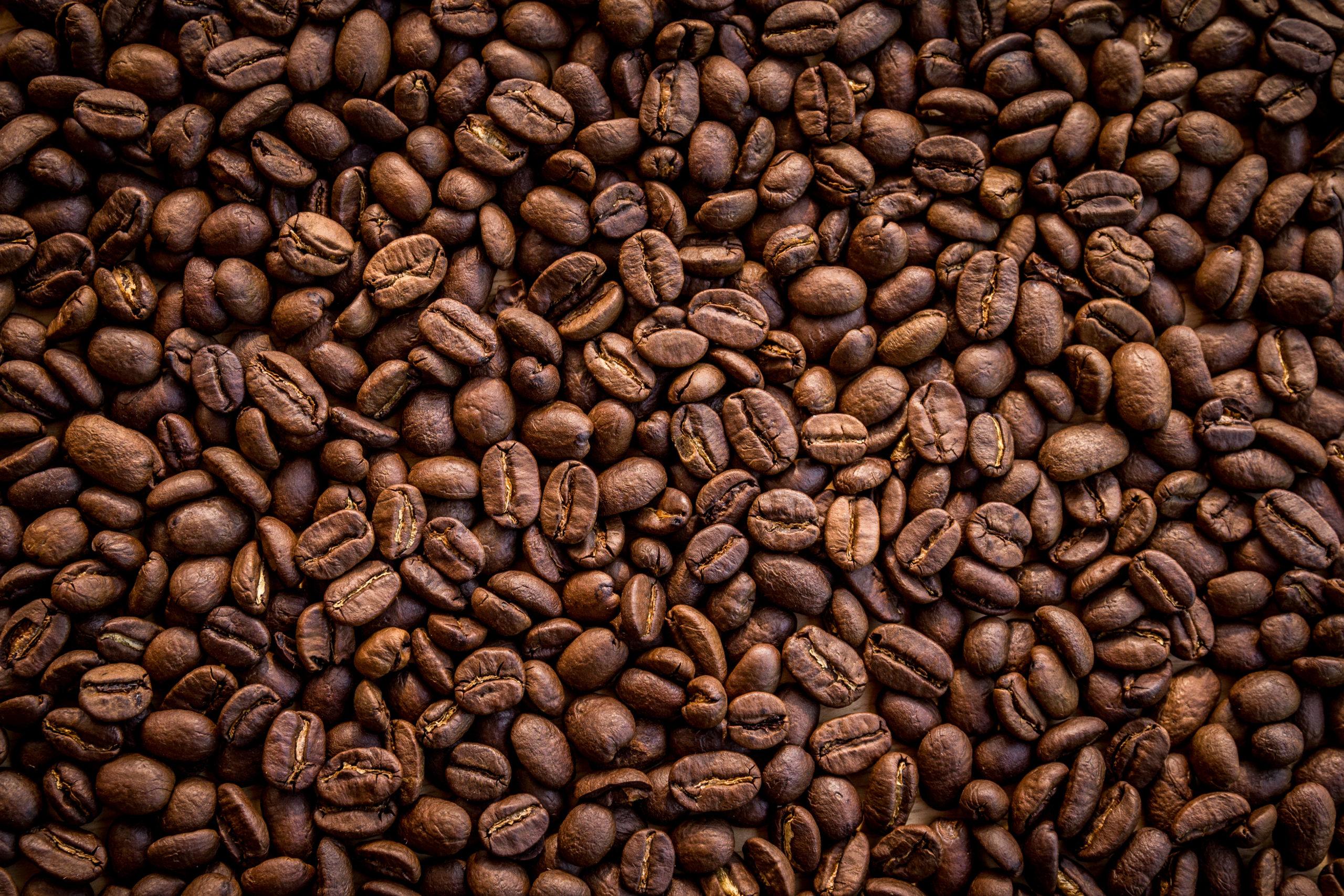
This article was originally published on New Food Magazine and remains their copyrighted material. Follow this link to read the full article.
The continuously growing number of products and brands in the crowded food and drink space can make it difficult to generate something new and it is all too easy to clash with someone else. But for companies who get it right, it is a fabulously exciting scene, with ever-shifting consumer trends providing a chance to diversify and reconnect with your customers in a unique way.
For example, Coca-Cola has flirted with alcohol for decades as a mixer in bars and homes alike for everything from rum and whisky to vodka and brandy. In summer 2019 it refined a line of unique Signature Mixers by ‘teaming up [with] some of the world’s leading bartenders’, which meant granting access to its guarded recipe for the first time. Coke’s net revenue for the first quarter of 2019 hit $8 billion, a five percent year-on-year increase. The firm claimed it ‘started the year strong, continuing to evolve as a total beverage company, highlighting its acquisition of Costa Coffee as one example of how it is achieving this.
A few months later, Coca-Cola made yet another game-changing move – it launched its first ever alcoholic drink with a nationwide rollout in Japan, possessing a strength of up to seven percent, following a test run earlier in the year. Spurred on by the number of challenger boutique beverages flooding the market in recent times, the brand developed a fruit-infused drink blended with local spirit shochu.
However, regardless of whether you are a start-up or a beverage behemoth like Coke, it is crucial to conduct searches to see if anyone else has earlier trade mark rights that you could be infringing and that could be used to oppose any trade mark application you file before commencing use in a new territory. In doing this, you will identify threats early on and avoid costly infringement proceedings, not to mention the cost of filing a defeated trade mark application. In a worst-case scenario, you could be faced with an injunction preventing the use of your mark, a forced rebrand, and a considerable waste of time, money and resources. Forewarned is forearmed. With 2020 here, we can expect it to bring about a new year of opportunity and change on the food and beverage landscape, so established and emerging enterprises both need to do their due diligence to avoid ending up in hot water.
“It is crucial to conduct searches to see if anyone else has earlier trade mark rights that you could be infringing and that could be used to oppose any trade mark application you file before commencing use in a new territory”
While Coca-Cola is exploring new products in the east, in the UK we are seeing massive marketplace movements. In particular, with attitudes towards cannabis softening in recent years, lots of cannabinoid (CBD) infused food and drink businesses are entering the market. Take Green Monkey CBD and Drink 420 as examples of those in the rising space – registering trade marks will help such businesses retain control and ownership of their brand.
In the UK, you start building up unregistered rights as soon as you start using a mark, but that is not the same in other territories around the world. Many other countries do not recognise unregistered or ‘use-based’ rights and instead operate a ‘first to file’ policy. That means, in the absence of a trade mark application or registration, it can be very difficult and perhaps impossible to act against a third party adopting a conflicting mark. Worse still, a local squatter can register the legitimate owner’s mark and then prevent genuine exports, even if the owner has been operating there for many years. Given these risks, it is common for distributors to request to see a trade mark registration certificate before they will enter an agreement. These problems can be avoided altogether by ensuring that there is a trade mark registration in place.
To read the full article please follow this link





